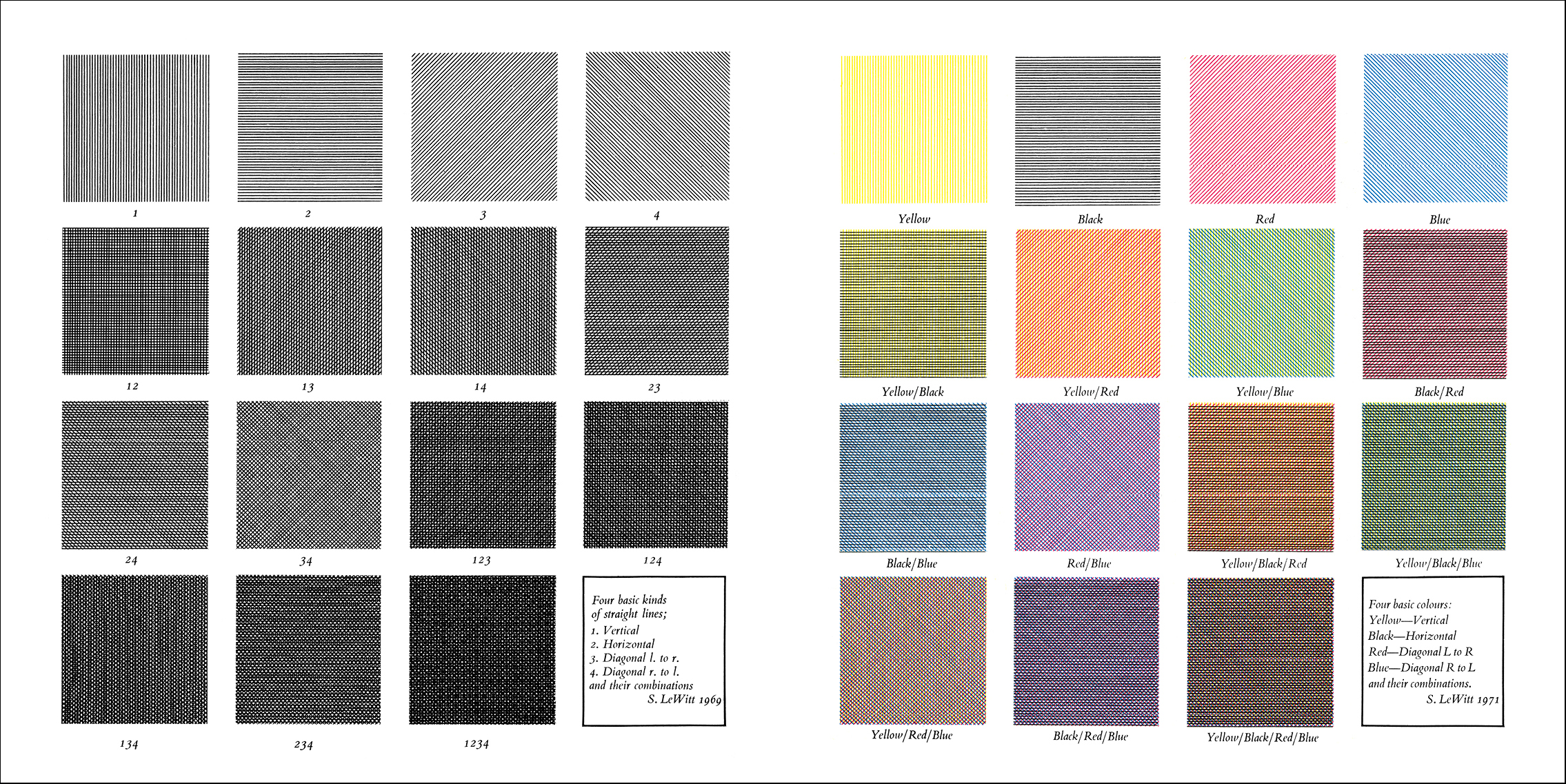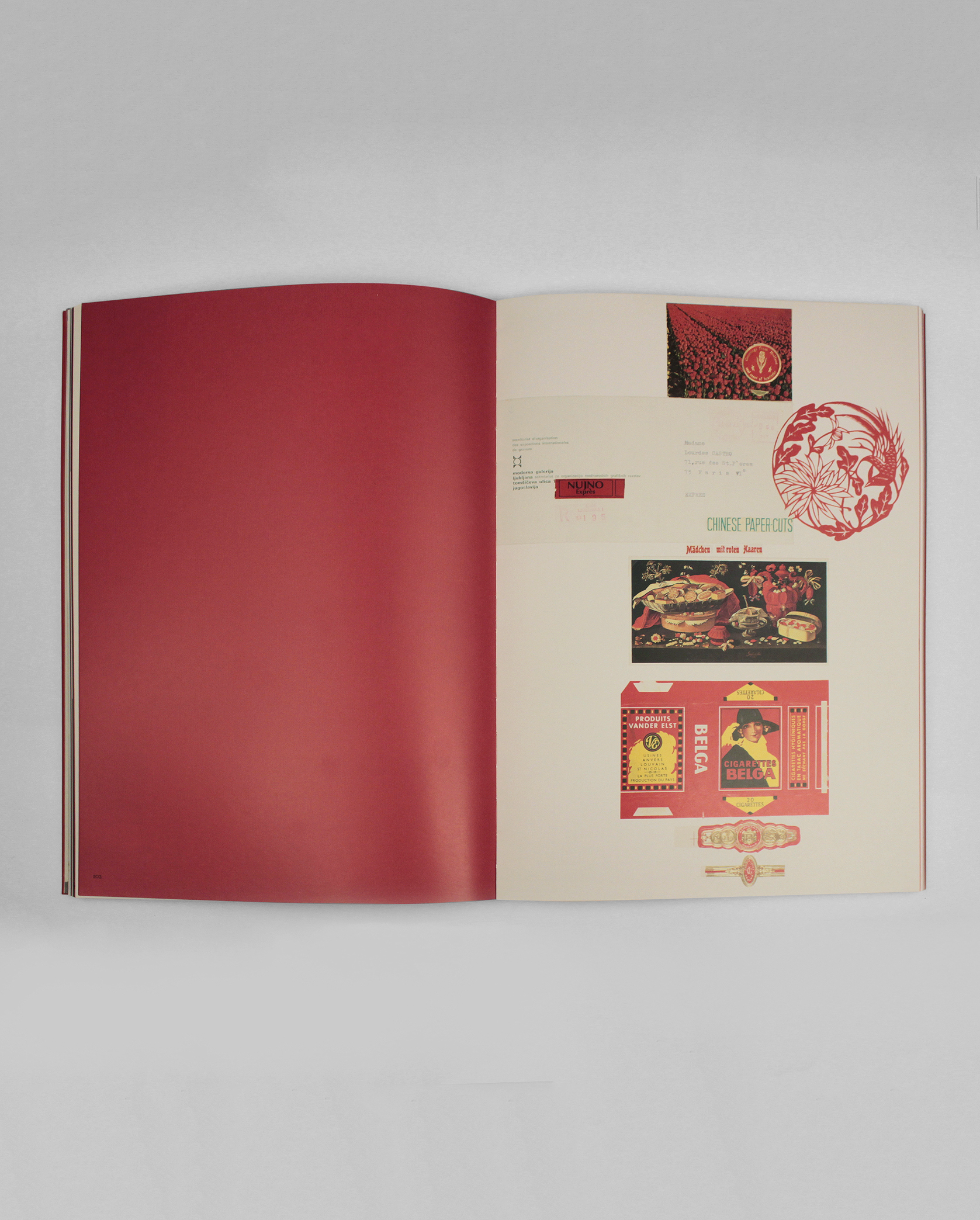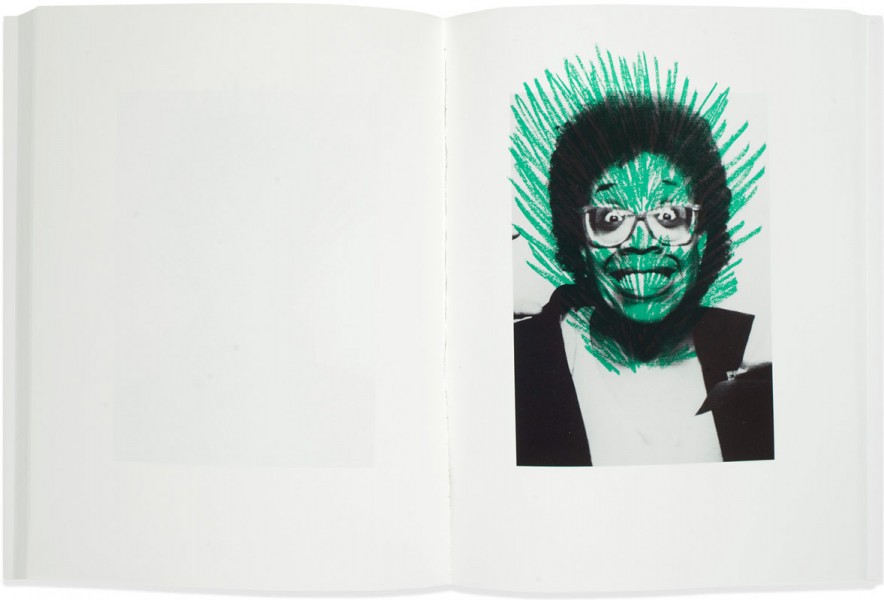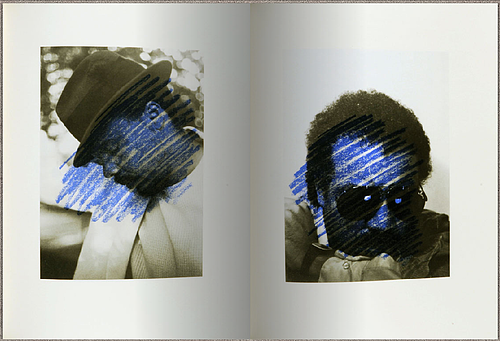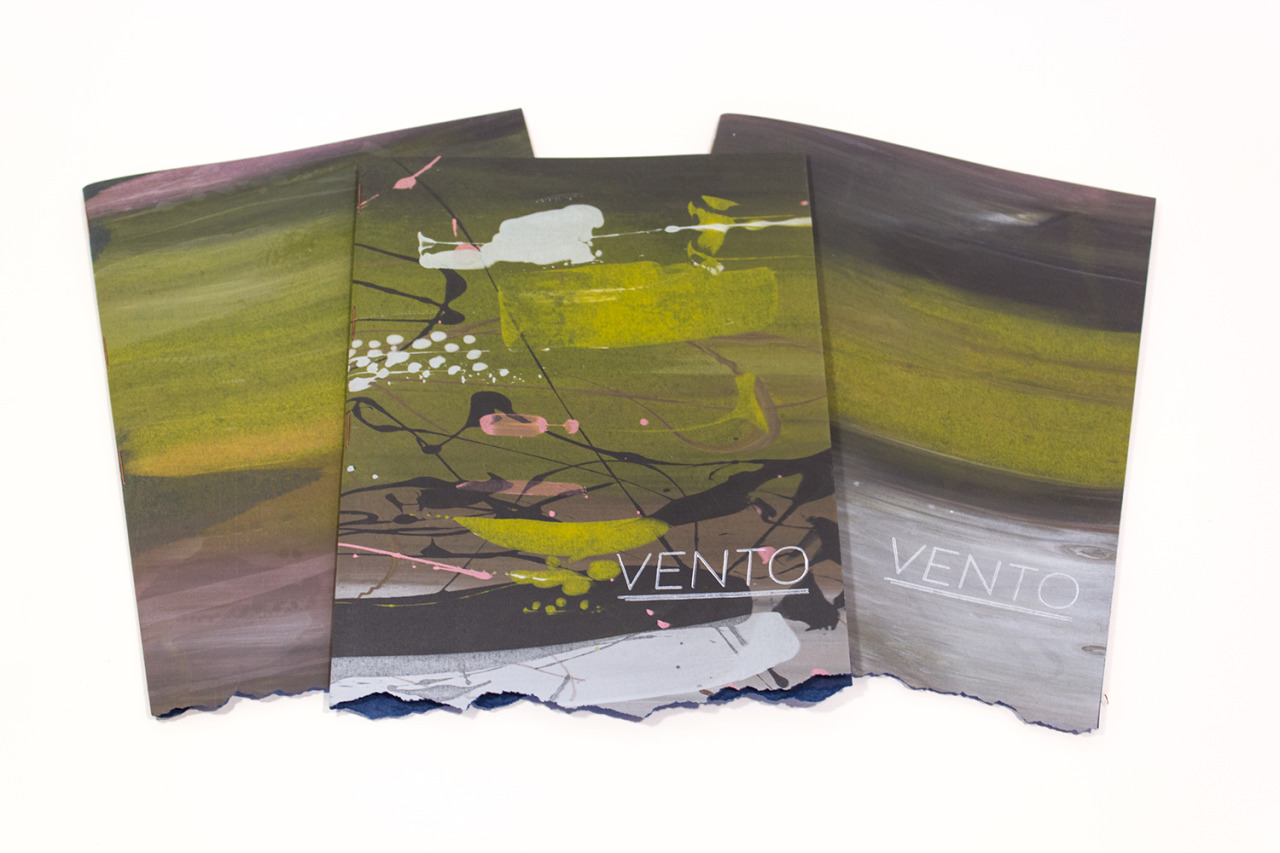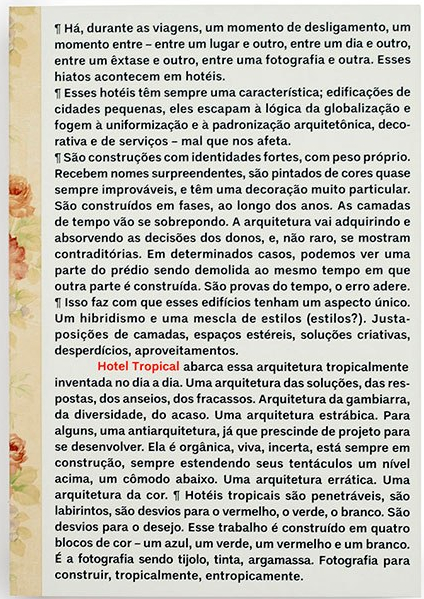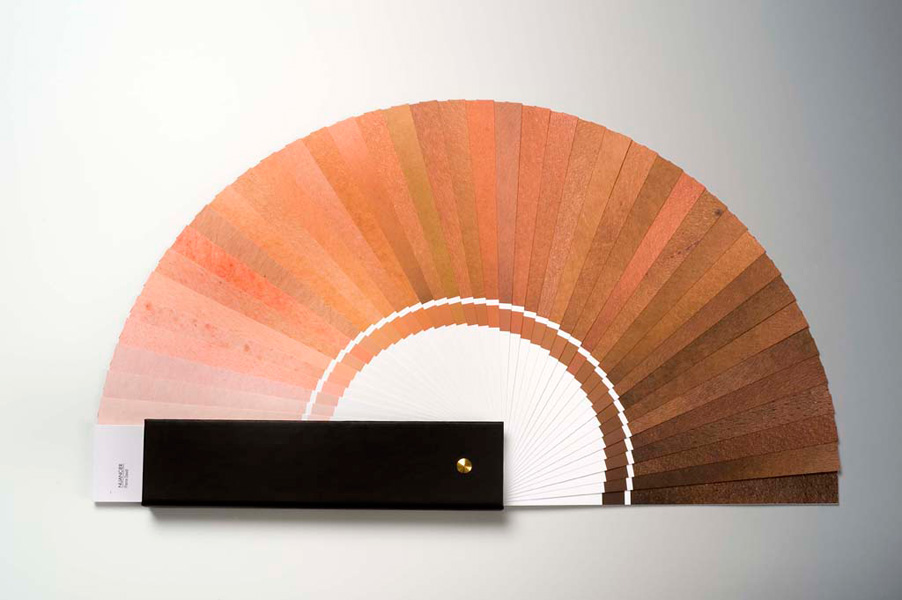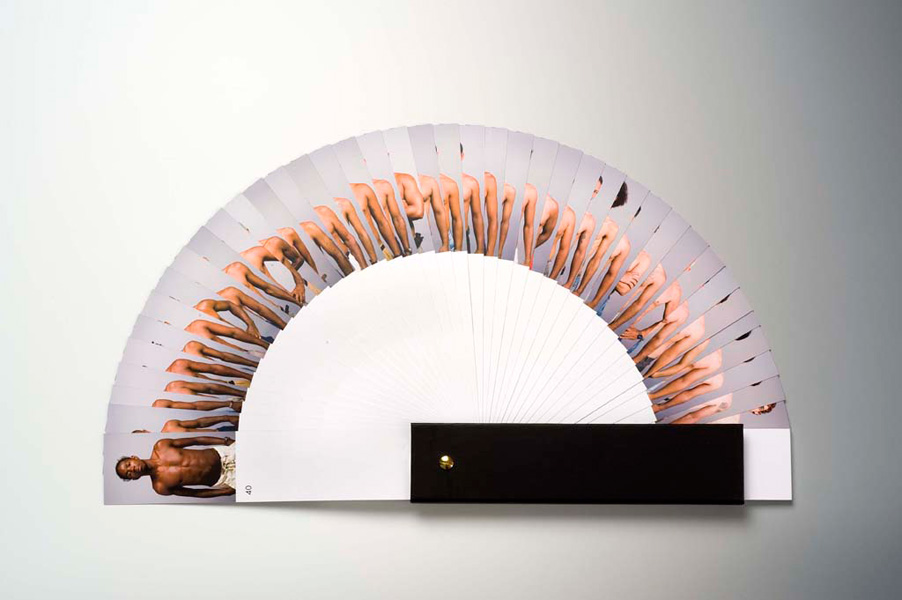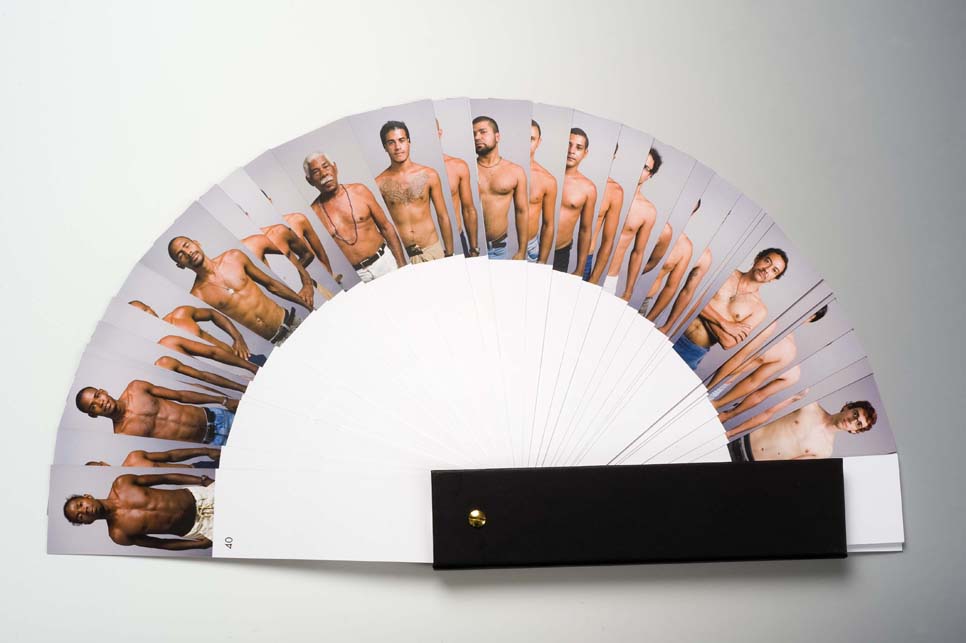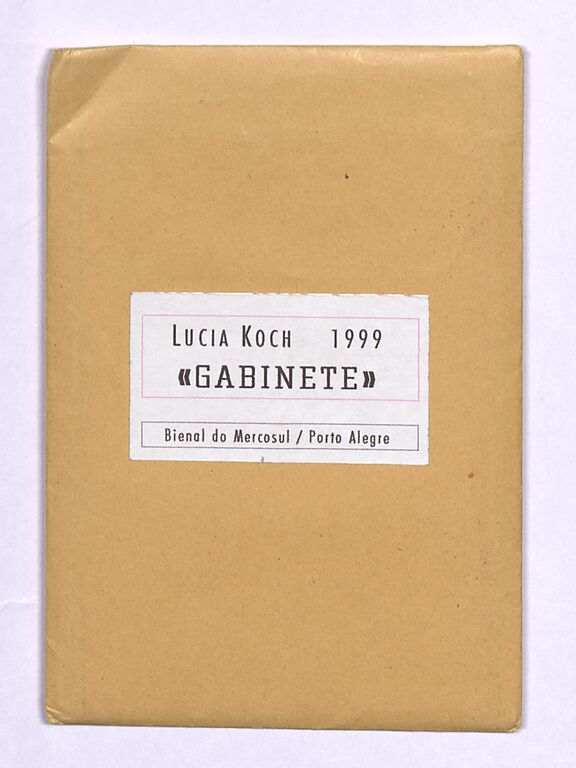

Bernard Villers
La Carte de Tendre
Rennes : Incertain Sens / Châteaugiron : FRAC Bretagne, 2009
Cartaz, 6 dobras
impressão em duas cores
28,5 x 12,2 cm (formato fechado), 57 x 73,2 cm (formato aberto)
ISBN. 2-914291-32-9

Este livro de Bernard Villers tem o seu sentido definido pela dobra: O Mapa da Ternura. O diagrama que explica a sequência de dobras foi impresso no verso do mapa dobrado, e uma parte da edição deixa por conta de seus futuros leitores para dar-lhe a sua forma própria. “Tendre” ou Ternura é o nome de um país imaginado no século XVII; Mapa da Ternura é, portanto, uma representação topográfica e alegórica da vida amorosa, cuja primeira versão tem mais de 300 anos. A última, a de Bernard Villers, talvez seja uma nova interpretação de Et in Arcadia ego; vemos se cruzarem nele duas séries de pesquisas desenvolvidas pelo artista por mais de trinta anos, a construção de uma poética da dobra e o reencontro do espírito de seus primeiros livros de artista que prolongavam a prática da pintura no espaço do livro. O mapa propriamente dito imaginado por Bernard Villers é de fato marcado por um valor poético forte, mas puramente pictórico. Este livro pode ser lido como uma nova topografia da felicidade na pintura.
Ce livre de Bernard Villers affirme son sens par la forme même du pli : La Carte de Tendre. Le schéma qui explique l’ordre des plis est d’ailleurs imprimé à la dernière page de la carte pliée, et une partie du tirage laisse à ses futurs lecteurs le soin de lui conférer sa forme propre. « Tendre » est le nom d’un pays imaginé au XVIIe siècle ; la Carte de Tendre est donc une représentation topographique et allégorique de la vie amoureuse, dont la première version date d’il y a plus de 300 ans. La dernière, celle de Bernard Villers, est peut-être une nouvelle interprétation d’Et in Arcadia ego; on voit se croiser en elle deux séries de recherche développées par l’artiste depuis plus de trente ans, l’une construisant une poétique du pli, l’autre retrouvant l’esprit de ses premiers livres d’artiste qui prolongeaient la pratique picturale dans l’espace du livre. La carte proprement dite imaginée par Bernard Villers est en effet marquée d’une valeur poétique forte, mais purement picturale. Ce livre peut donc être lu comme une nouvelle topographie du bonheur en peinture.
http://bernardvillers.be/expositions/2009/la-carte-de-tendre/

